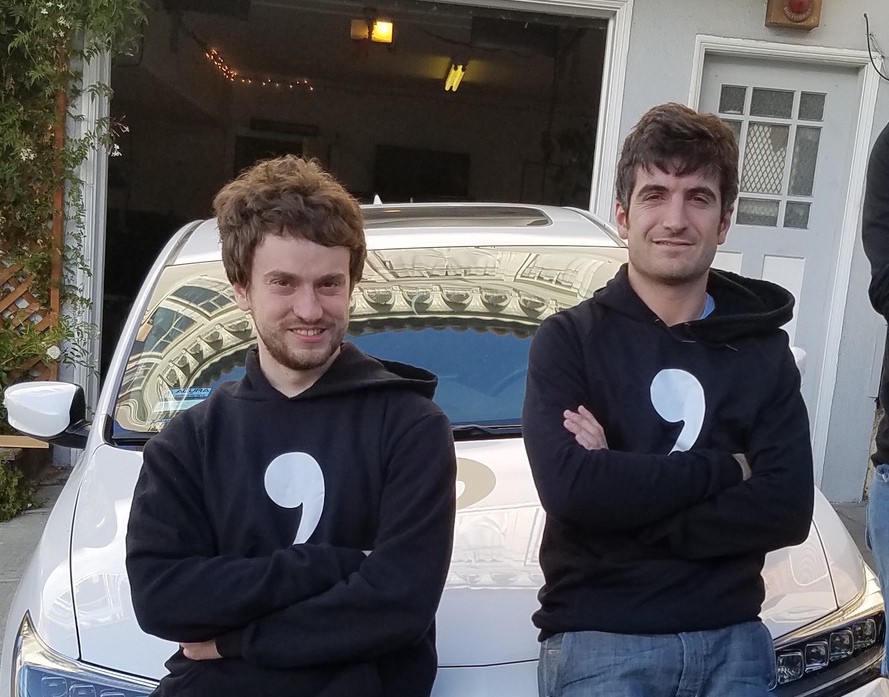A message from the new CEO of comma.ai
Earlier this week, George Hotz, founder and former CEO of comma.ai, became the Head of Research Team and promoted me, Riccardo Biasini, from VP of Quality to CEO.
Before joining comma, I received my master’s degree in automotive engineering from the University of Pisa, Italy, in 2010. I then moved to the US, to work at Tesla from 2011 to 2016. At Tesla I led the development of the Traffic Aware Cruise Control, along with other safety and convenience driver assistance features. I then became responsible for the architecture of controls, safety, and functional behavior of the electric propulsion system. I joined comma in 2016, where I developed the automated lateral and longitudinal controls for comma’s first self driving car. I was promoted to VP of Quality in 2017. It’s now with immense excitement that I accept the role of CEO to lead comma’s future.

“My oldest son is 11, this means that in four and a half years he is going to be able to get his driver license. My team now is committed to make sure that that does not happen.”
“In about 2 years, summon should work anywhere connected by land and not blocked by borders, e.g. you’re in LA and the car is in NY.”
The two quotes above are from Chris Urmson (ex-Google, now Aurora) and Elon Musk (Tesla) from 2015 and 2016 respectively. Now, about three years later, those goals don’t seem much closer. Driverless cars have a long way to go before they start affecting the lives of the 140 million daily US commuters and it’s unrealistic to assume that this will change anytime soon. Even apart from the technical challenges, driverless rides are nowhere near beating ridesharing services in either cost or practicality.
At comma we think that most self driving startups and automakers are overcommitting to driverless technology, while missing the focus of what’s problematic in today’s way of driving.
So, how do we make driving better?
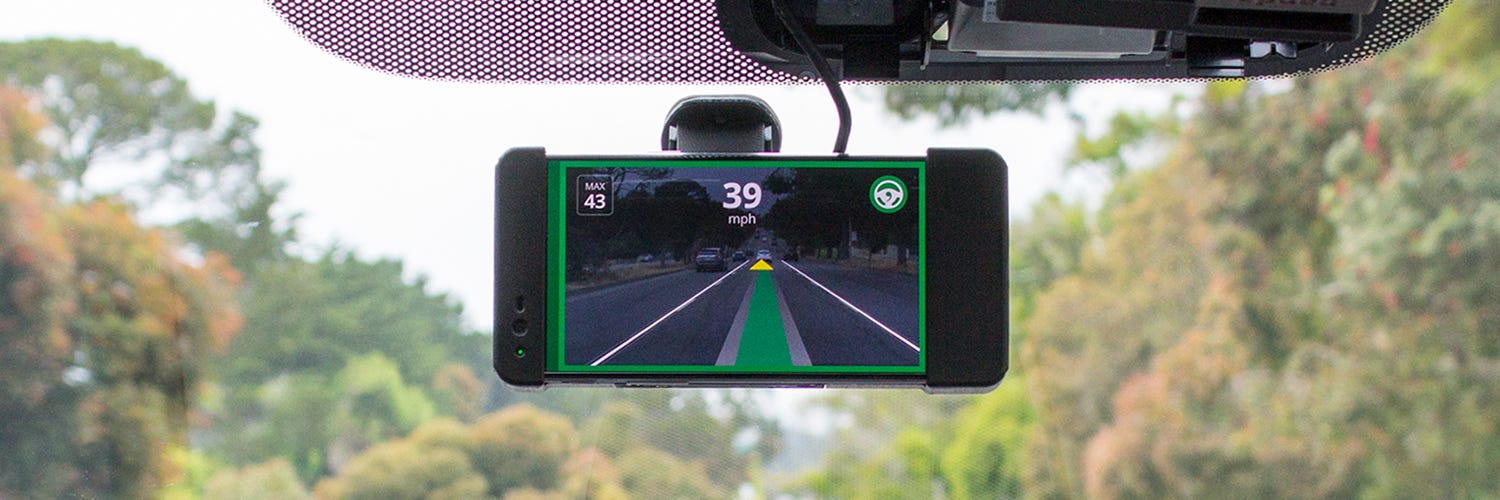
Comma’s mission is to provide a solution to enhance people’s drives, on cars they already own. We believe that driver assistance features, like automated highway driving, in conjunction with a monitoring system that checks the driver’s attention, will be a significant step forward in reducing driving stress and road accidents.
In fact, most of the new cars are already equipped with actuators capable of accelerating, braking and steering without inputs from the driver. Unfortunately, they lack the software and the computing power to provide high quality driving assistance features. They also lack the capability of receiving over-the-air software updates. Despite an average lifespan of 15 years for new cars, their features soon become obsolete. In most cases, new car models are equipped with computing units and software that were developed years before their launch.
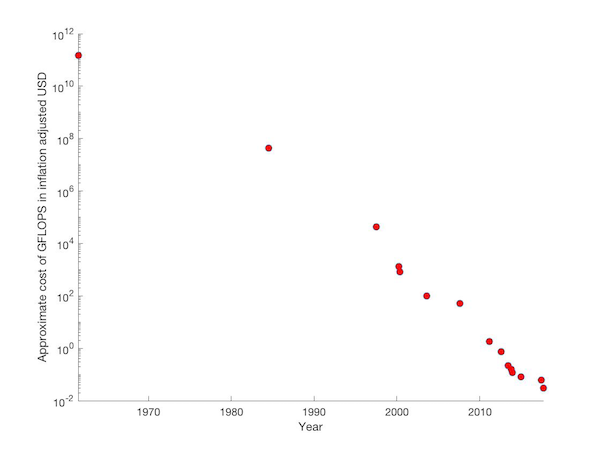
At comma, we believe that software and driver assistance computing units should be replaceable and upgradable parts in cars. Cameras are easily upgradable too and we think they are the only sensors necessary for the car to accurately perceive the surrounding environment.
Almost two years ago, comma launched an open source software project called openpilot, which includes a comprehensive suite of driver assistance features.
Openpilot is compatible with almost every new Honda and Toyota sold in the US. Moreover, a selected set of Lexus, Acura, Hyundai, and Chevrolet models are also supported. Combined, this amounts to approximately 5 millions cars in the US alone. As older cars gets replaced by newer ones, we estimate this number to grow to tens of millions over the next 2–3 years.
A year ago, comma also released a hardware platform called EON, which is a dashcam that optionally connects to the car’s communication system to record the car’s data in sync with driving videos. An extra camera facing the driver is used to monitor the driver’s attention. EON’s users can then review their drives on the comma Explorer.
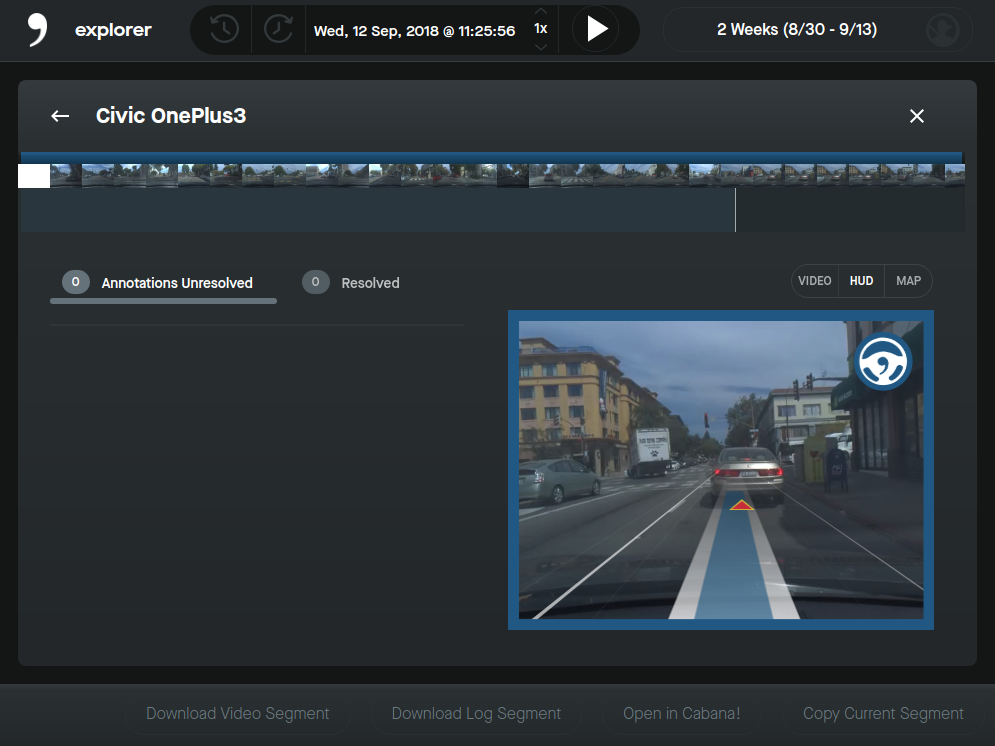
Thanks to EON users, comma has already collected over 5 millions miles of driving data. We use this data to constantly train and update our driving models.
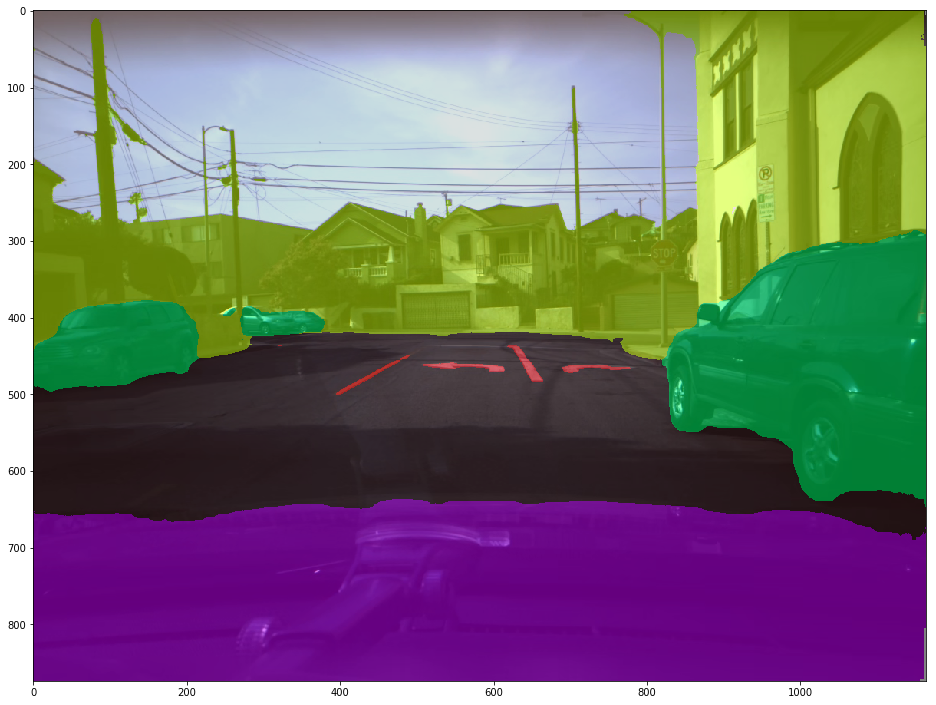
Data are also used to build HD maps in order to help self driving cars localize themselves on the world and navigate. Such maps must be a centimeter-accurate description of the real world, containing all things relevant to road navigation: lanes, curvature, road boundaries and world features. In the future, we plan on making the maps available to the public.
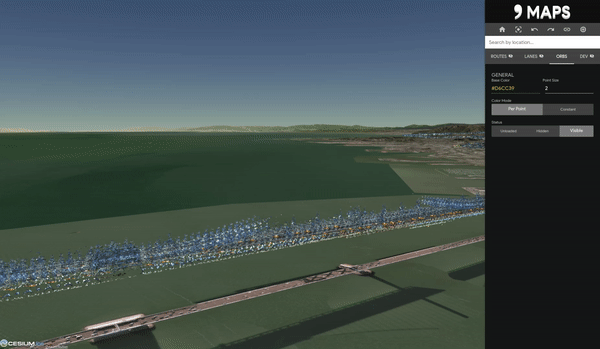
In addition, openpilot compatible with the EON hardware platform, so developers have the possibility of using EONs as development kits. Developers all over the world have significantly contributed to improve openpilot.
As CEO of comma, I will work on scaling comma’s self driving solution by making openpilot the Android of the driver assistance systems for cars. Comma will seek partnerships with automakers and tier 1 driver assistance system suppliers which embrace our same vision.
George will lead comma’s research team, focusing on machine learning and developing the models for openpilot, which are used to make driving decisions and track the driver’s attention.
If you want to get involved:
- Follow us on Twitter and join our Slack. It’ll be fun!
- Checkout and contribute to openpilot.
- Apply to our open positions.
Looking forward!
Riccardo

